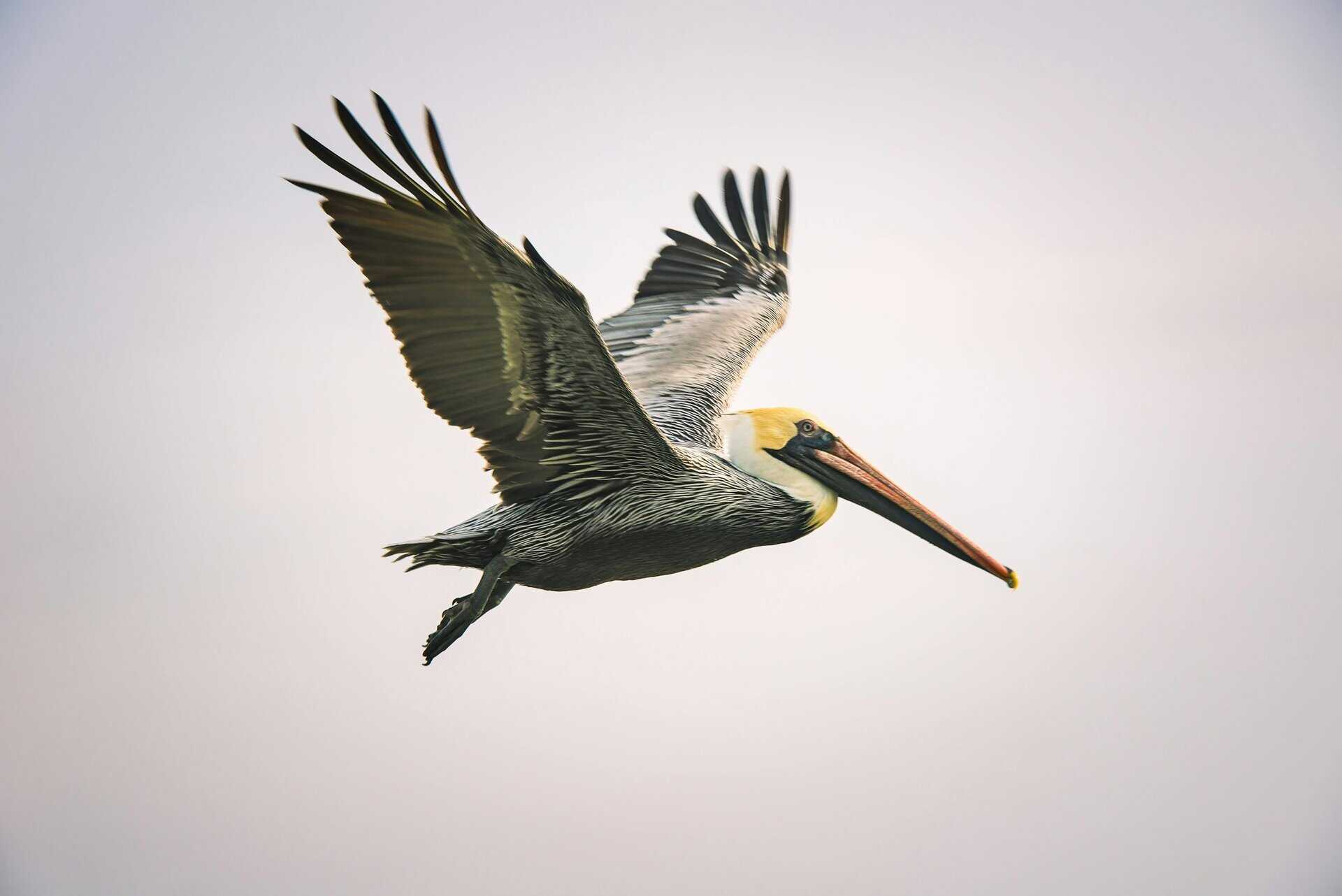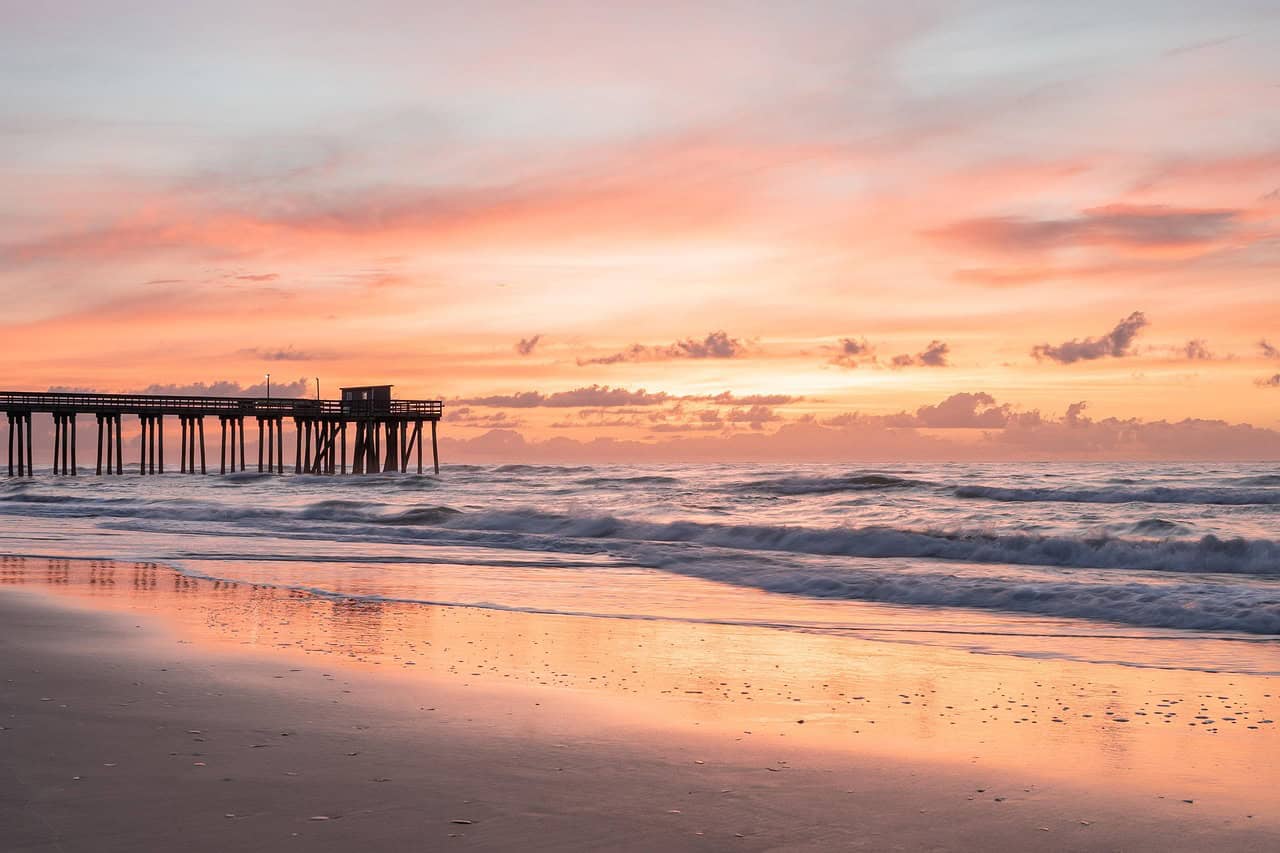Ultimate Wildlife Migration: Fly South for the Winter | 5 Coastal Fall Destinations
Autumn has a reputation. It’s the season of sweaters, cider, and slow fades into grey. But for those who know where to look, fall is also a time of movement—of wings slicing through golden skies, of tides pulling treasures ashore, of coastal towns waking up to the rhythm of wildlife migration.
Every fall, thousands of birds follow ancient sky highways to warmer shores, turning quiet beach towns into off-season bird sanctuaries. These aren’t just pit stops—they’re living stages where nature thrives in the winter months. And for travelers who crave something more than pumpkin patches and leaf piles, these coastal towns are literally a breath of fresh, seaside air.
Wildlife migration is an invitation to fly south for the winter, too. Even for just a few days. To wander. To witness. To trade the orange and grey for salt air and silhouettes in flight. This fall, skip the flannel and head for the coast. These five towns are ready to welcome you with open skies and open wings.
Port Aransas, Texas: Where Pelicans Parade and Spoonbills Steal the Scene
Port Aransas has one of the best local vibes in the off-season. The touristy end of Mustang Island is a hotspot for all things Gulf Coast. The other end of the island is a hotspot for wildlife migration along the Central Flyway. As fall comes around, the skies fill with American White Pelicans. They are perched on every post and pier. Roseate Spoonbills flash pink in the marshes, and Black-bellied Whistling Ducks chatter from hidden ponds.
The town itself is a blend of beachy charm and ecological richness. Birding centers and boardwalks make it easy to spot the feathered beachcombers, while the shoreline offers its own treasures—shells, driftwood, and the occasional feather left behind by a passing flock. Fall travel here feels like stepping into a living postcard, where every gust of wind carries a story and every tide brings something new.
Rockport, Texas: Cranes, Calm, and Coastal Magic

Just up the coast, Rockport offers a quieter coastal town to watch birds in the bay. The Aransas National Wildlife Refuge is the crown jewel, hosting the endangered Whooping Crane each winter. These absolutely elegant giants arrive in late fall, their presence a sacred rhythm in the coastal calendar.
But Rockport is more than cranes. Reddish Egrets dance with Sandhill Cranes in the marshes, and the town’s beach boardwalks offer front-row seats to it all. Fall travel here is about slowing down, watching the sun rise over the bay, listening to the rustle of wings, and letting the season unfold in its own time.
Dauphin Island, Alabama: A Gulf Gem for Feathered Fallouts
At the edge of the Gulf, Dauphin Island becomes a refuge for birds crossing from Central and South America. During fall migration, warblers, tanagers, and thrushes arrive in waves. Many exhausted after their trans-Gulf journey. The Audubon Bird Sanctuary offers winding trails through maritime forest and wetlands, each one a corridor of color and song.
Fall travel to Dauphin Island is a lesson in timing. Cold fronts can trigger dramatic “fallout” events, when hundreds of birds descend at once, turning the trees into a kaleidoscope of movement. It’s a place where patience pays off and every walk becomes a treasure hunt.
Cape May, New Jersey: Monarchs, Migrants, and Victorian Whimsy

Cape May is a legend among birders. Situated at the southern tip of New Jersey, it acts as a funnel for wildlife migration along the Atlantic Flyway. Songbirds, hawks, and even monarch butterflies pass through in staggering numbers. This is a place of rest for the winged travelers. Making it a great spot to get close-up shots of your favs.
The town is a blend of historic architecture and coastal wilderness. The Cape May Bird Observatory has guided walks and hawk watches. The beaches and dunes provide space for quieter observations on your schedule. Fall travel here is a celebration of movement and of the delicate balance between nature and seasonal changes.
Point Reyes Station, California: Fog, Falcons, and Pacific Poetry
Point Reyes Station offers a bit more rugged counterpoint to the Gulf and Atlantic scenes. Located along the Pacific Flyway, it’s a haven for seabirds, raptors, and shore-loving ducks. The Point Reyes National Seashore is a mosaic of estuaries, cliffs, and windswept beaches, each one echoing with the calls of migrating birds.
Fall travel to Point Reyes is a sensory experience. The fog rolls in revealing Peregrine Falcons perched everywhere you look. Western Sandpipers dart along the water line, and everything glows with the light of late afternoon. It’s a place where the wild feels close and fall travel is a little less spicy.
Conclusion
Autumn really don’t have to be all fuzzy sweaters and cinnamon spice. Traveling to watch wildlife migration offers a different kind of seasonal magic—one that’s deeply connected to the rhythms of the earth. These coastal towns invite travelers to visit their towns in the off-season and enjoy seeing the wildlife that is visiting in the off-season, too. Whether it’s the flash of a spoonbill’s wings or the hush of a foggy estuary, fall travel along the flyways is a chance to witness nature’s poetry in motion.
So, pack a pair of binoculars, grab a notebook, and head for the coast. The birds are there waiting, and the beaches are always calling!







